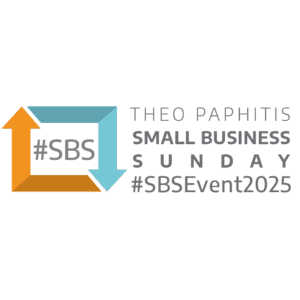As technology evolves, so too do businesses. The most successful businesses are those that are capable of adapting to the market, its industry and the technology around it.
FOR COMPANIES THAT RELY ON TECHNOLOGY (and which business doesn’t nowadays?), there are two key areas often overlooked yet must be considered in order to secure your business from the wide range of threats it is exposed to on a daily basis: firstly, how to manage off-site use of IT, i.e. ‘remote working’, and secondly, steps to take when purchasing or implementing any new IT equipment.
Remote working security
Companies that have employees who travel and work outside of the office will need to take extra precautions when using their laptops, phones or tablets in public environments like hotels, airports, trains and coffee shops. When employees are outside of the office, they’re at a much greater risk.
Firstly, there’s some clear practical steps that can be easily taken. These include not leaving devices unattended, taking care not to display confidential information on your screen while in a public areas, and avoiding accessing sensitive information over a public network such as a shared Wi-Fi.
WINDOWS 10 TOP TIP
Passport, a Windows 10 security feature, is designed to let Users authenticate themselves to applications, websites and networks without using traditional passwords. After Windows 10 verifies that you have possession of your device, it will automatically authenticate to websites and applications on your behalf
Using mobile devices
The mobile market has grown dramatically over recent years. Almost every employee in any company has a data-enabled mobile device, such as a smartphone or tablet. Companies can either provide their employees with devices to help them work remotely or allow them to bring in and use their own mobile device – often referred to as ‘Bring Your Own Device’ or BYOD.
Users with mobile devices need to be aware of the dangers of connecting to the internet outside of their company’s URL filtering software. Cyber-attacks are more common than ever before as a result of techniques such as Wi-Fi listening and malware installation on fraudulent websites.
WINDOWS 10 TOP TIP
Device Guard, another feature for Windows 10, focuses on blocking every day attacks by vouching for applications that attempt to access a Windows 10 machine or network. When an application that is not registered on Device Guard attempts access Windows 10 will block the connection to keep your device and information secure.
New equipment security
Whenever your company upgrades or purchases new IT equipment, there are some considerations that should be kept in mind.
Here is some advice to get you started:
(1) Set a budget
Your company should have a set annual budget in place to fund IT upgrades for both employees and the business itself. Most technology can and does ‘last’ a long time, but in many cases technology grows faster than its lifespan. So it’s important to keep your IT systems up-to-date and equipped to cope with the latest security threats.
(2) Align equipment purchases with security requirements
Define the specific needs of the business and how technology can help you achieve them and in particular, the changing requirements you may have with regards to security. Then ensure that any new purchases delivers against your specified requirements.
(3) Purchase equipment via your IT provider
Avoid buying the ‘latest tech’ just because it’s new and stylish. Your IT provider can help you to determine what is best for your company and what isn’t, and then advise on the technical specification needed. They have the knowledge and experience to know what is most suitable to meet your needs.
WINDOWS 10 TOP TIP
Windows hello, a feature of windows 10 to boost security, is just one of many features to consider when upgrading IT systems. This Windows 10 feature is designed to remove the need of passwords through using biometics: the computer’s ability to identify your face, fingerprint or iris. Windows Hello is just one of Microsoft’s many attempts at raising the bar of computer and IT equipment security.
Mobile devices, remote technology and other technological advances make businesses more flexible than ever. However, no business should walk blindly towards new technology without taking the necessary precautions to secure themselves.
Let us advise you on secure remote working and equipment procurement.
Via Amshire Solutions Ltd 0330 2020 340
www.amshire.co.uk solutions@amshire.co.uk Twitter: @amshire


